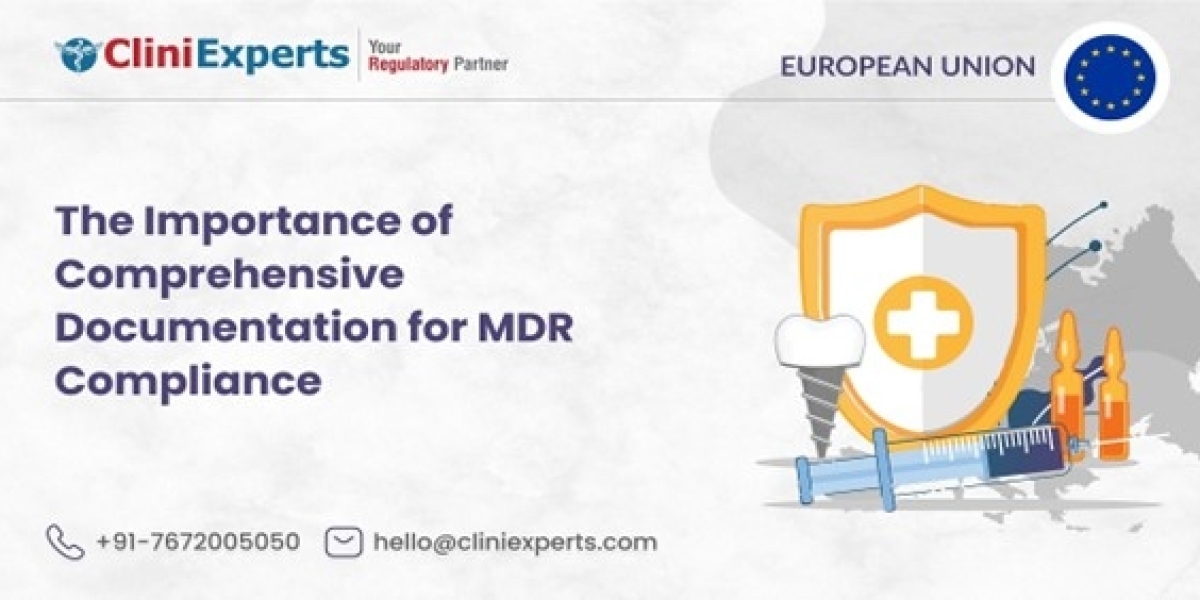The CE mark serves as a vital indicator of compliance for numerous products marketed within the European Economic Area (EEA). It represents adherence to essential safety, health, environmental, and consumer protection standards established by the European Union (EU). Securing the EU CE marking underscores a manufacturer’s dedication to product safety and facilitates seamless market access throughout the EEA. However, navigating the CE Marking Process can be intricate. This article elucidates the steps involved in achieving CE marking compliance.
Understanding CE
CE, derived from the French term Conformité Européenne, translates to “European Conformity.” It denotes that a product meets diverse safety, health, and environmental protection criteria stipulated by the EU. Simply encountering the EU CE marking on a product signifies its assessment and approval for sale and utilization within the European Economic Area (EEA), encompassing EU member states, Iceland, Liechtenstein, and Norway.
Breaking Down the Significance of CE Marking
Safety: The CE marking signifies that products have undergone rigorous assessment and comply with stringent safety regulations mandated by the EU. This ensures they pose minimal risk of injury or harm to consumers.
Health: Additionally, products bearing the CE marking are free from health hazards, adhering to regulations concerning harmful substances, noise levels, and other potential health risks.
Environmental Protection: The CE marking indicates adherence to environmental protection standards established by the EU, encompassing factors such as resource efficiency, waste generation, and potential environmental impact.
Objectives of CE Marking Implementation by the EU
Ensure Consumer Protection: By enabling consumers to identify products meeting essential safety, health, and environmental standards, the CE marking enhances consumer protection.
Facilitate Fair Competition: The CE marking mandates all businesses, irrespective of their origin, to adhere to uniform regulations when marketing products within the EEA, ensuring fair competition.
Simplify the Free Movement of Goods: By establishing a unified set of standards, the CE marking facilitates the seamless movement of products within the EEA, eliminating additional technical barriers encountered in individual member states.
Procedure for Obtaining CE Marking
Navigating the process of obtaining CE marking for your product involves several key steps:
Identifying the Applicable Directive: Begin by identifying the relevant EU Directive(s) that pertain to your product. Each Directive specifies essential requirements for different product categories, such as machinery or Medical Devices Registration EU. Utilize resources like the NANDO database and official EU websites to determine the applicable Directive.
Understanding Essential Requirements: Once you’ve identified the relevant Directive, carefully review the specific requirements outlined within it. These requirements address aspects of product safety, health, and environmental protection. Assess your product against these requirements to ensure compliance.
Determining Conformity Assessment Route: The CE marking process typically involves self-declaration of conformity by the manufacturer. However, depending on the product category and associated risks, involvement of a Notified Body may be mandatory. Consult the Directive to determine the applicable conformity assessment modules and whether independent assessment is required.
Assessing Product Conformity: Conduct thorough assessments to ensure your product meets the essential requirements outlined in the Directive. This may involve various measures, including internal production controls, risk assessments, testing by notified bodies or accredited laboratories, and technical inspections. Document these assessments meticulously for future reference.
Preparing Technical Documentation: Compile comprehensive technical documentation that serves as evidence of your product’s compliance with the essential requirements. This documentation typically includes product descriptions, design and manufacturing specifications, risk assessments, test reports, and technical drawings.
Drafting and Signing the Declaration of Conformity: Create a formal EU Declaration of Conformity (DoC) wherein you declare your product’s compliance with relevant legislation and assume responsibility for its safety. The DoC must be signed by an authorized representative of your company and readily available to authorities.
Affixing the CE Marking: Once you’ve completed the previous steps and are confident in your product’s compliance, affix the CE marking to your product. Ensure the marking is visible, legible, and indelible, signifying your commitment to ongoing product safety throughout its lifecycle.
Is There Any Fee?
Conducting the conformity assessment yourself does not incur any fees. However, if independent assessment by a notified body is required, fees may apply depending on the certification procedure and product complexity.
Additional Considerations
Seeking guidance from notified bodies or specialized consultants can be advantageous, particularly for complex products or if you’re unfamiliar with the CE marking process. Stay updated on regulatory changes, as Directives and standards are periodically revised.
Conclusion
Understanding the CE marking process empowers manufacturers to ensure their products meet necessary safety and regulatory standards for successful market access within the EEA. While this article provides a general overview, always refer to specific Directives and consult relevant resources for comprehensive and up-to-date information.









